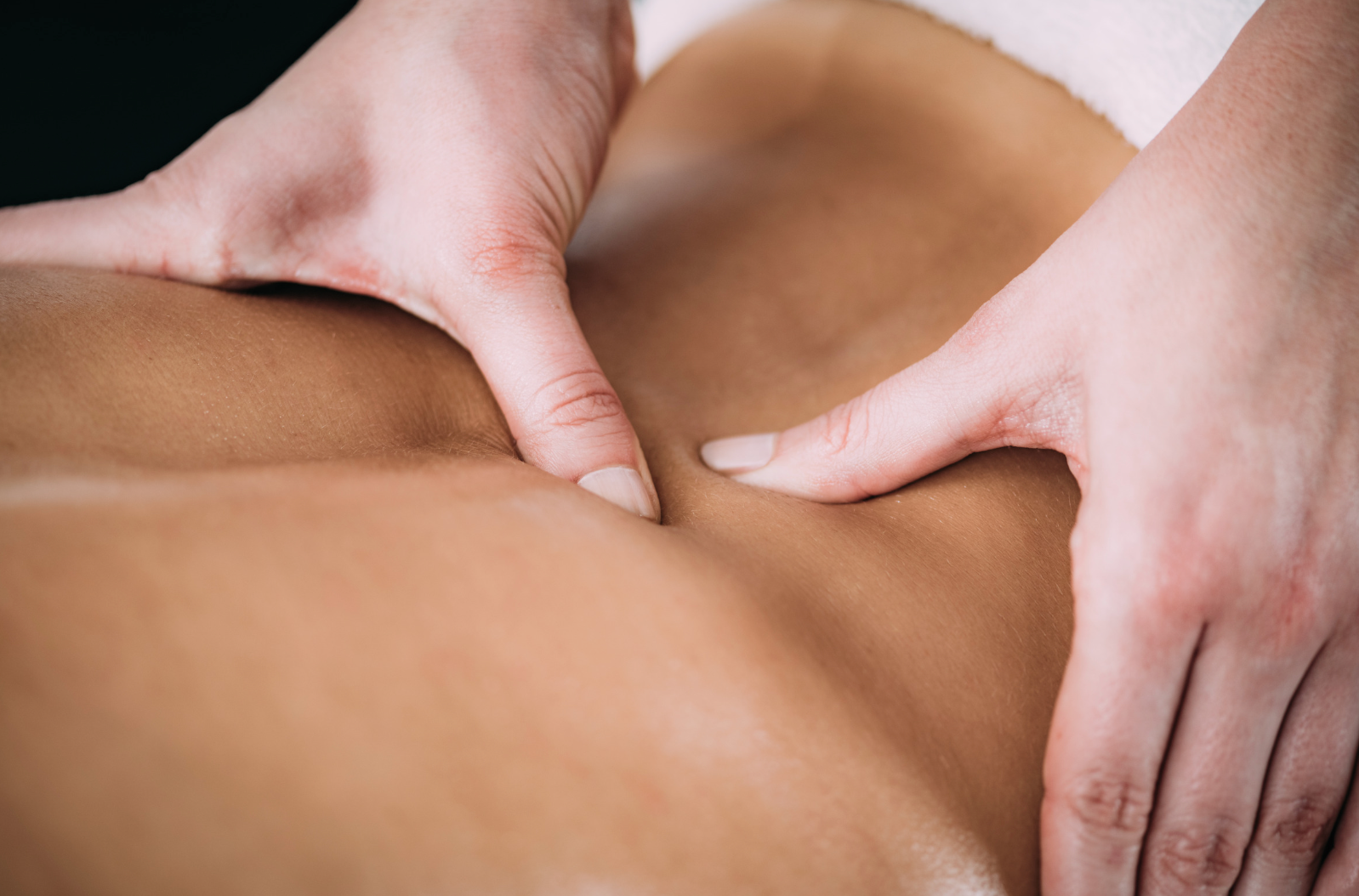Hey friends, Syd here. If we haven’t met yet—hi! I’m the founder of OutWellness, and I started this space because I know how hard it can be to find fitness and wellness advice that actually feels right for our bodies, our identities, and our lives.
I’ve seen too many people in our community struggle with fitness plans that weren’t made for us. Whether you’re on hormone therapy, considering it, or just trying to figure out what movement feels good, I want you to know: there’s no one-size-fits-all approach to this. Your body, your journey, your rules.
This isn’t about forcing yourself into a rigid workout plan. It’s about helping you feel strong, capable, and at home in your body—wherever you’re at today.
TL;DR
Hormones impact fitness in big ways—affecting strength, endurance, metabolism, and recovery. If you’re on T, E, or just figuring out what movement feels good, you deserve fitness advice that actually fits you. OutWellness offers free and sliding-scale services to help. No judgment, no pressure—just real support.
How Hormones Affect Fitness (And What to Do About It)
Bodies change. That’s true for everyone, but if you’re on hormone therapy, those changes can come fast and feel unpredictable. Maybe your muscles are growing, maybe your stamina feels different, or maybe your energy levels have shifted in ways that don’t match up with the workout plans you’ve seen online. That’s normal—and you don’t have to figure it out alone.
Testosterone & Strength Training
What happens: You may notice muscle growth happening faster and strength increasing. That’s great—but your tendons and joints take longer to catch up, which means we need to adapt your exercises to meet your body’s needs.
What to do about it:
- Lift progressively—start slow and focus on form over heavy weights.
- Incorporate warmups (dynamic stretching, resistance band exercises) before lifting.
- Schedule rest days—muscles repair themselves when you’re not working out.
Tool to help: Keep a workout log (a simple notes app works fine) to track what feels good and when to scale up. Look for patterns in how your body responds over time.
Estrogen & Endurance
What happens: You might see shifts in fat distribution and find that your energy levels or endurance fluctuate. Building and maintaining muscle might take longer.
What to do about it:
- Incorporate strength training to maintain bone density and lean muscle mass.
- Increase protein intake—it helps muscle recovery and growth, even if changes feel slower.
- If fatigue is hitting hard, scale intensity rather than skipping workouts entirely—shorter sessions still count.
Tool to help: A weekly energy tracker (a simple note: high, medium, or low energy levels) can help you spot trends in your body’s rhythm and plan workouts accordingly.
Metabolism & Energy Levels
What happens: You might feel huge bursts of energy one week and exhaustion the next. Your metabolism could shift, affecting how your body stores or burns energy.
What to do about it:
- Pay attention to how different foods affect your energy and adjust your meals accordingly.
- If you hit a fatigue slump, switch to movements that feel good for your body instead of skipping movement entirely.
- Stay hydrated—it sounds basic, but small dehydration levels can make workouts feel twice as hard.
Tool to help: A food and energy journal can help you notice patterns. If certain foods leave you sluggish, it might be time to adjust.
Syd’s OutWellness Fitness Tips
These are some of the biggest lessons I’ve learned—both personally and from helping folks in our community build strength, heal, and move in ways that feel good:
- Fitness should feel affirming, not punishing. If your workouts are making you feel bad about yourself, it’s time to adjust.
- Your goals don’t have to match anyone else’s. Maybe you want to build muscle, maybe you just want to stretch more. Both are valid.
- Recovery is part of the process. Take rest days. Drink water. Stretch. Overworking your body won’t get you results faster—it’ll just burn you out.
- Find movement you actually enjoy. Hate the gym? Cool. Try swimming, dancing, climbing, or just going for a walk. If it feels good, it counts.
- It’s okay to ask for help. Whether it’s a trainer, a PT, or just a friend who gets it, support makes a difference.
👉 Want to talk through what’s working (or not) for you? We offer free and sliding-scale wellness consultations—no pressure, just support.
A Tool to Keep With You: The “What Feels Good?” Tracker
Sometimes the hardest part of fitness is knowing what works for your body. If you don’t know where to start, try this:
Step 1: Write Down Three Kinds of Movement You Actually Like
Maybe it’s walking, yoga, stretching, or lifting. Anything that makes your body feel good—mentally or physically—counts.
Step 2: Track Your Energy Levels
Each day, jot down how you feel:
High energy: Can push harder in workouts.
Medium energy: Keep it balanced, like moderate weights or a light jog.
Low energy: Stretch, go for a walk, or rest.
Step 3: Adjust Based on Patterns
If you notice that certain workouts leave you totally drained, tweak your plan. If you always feel better after a certain kind of movement, make more time for it.
This isn’t about “grinding” or forcing yourself into an intense program. It’s about moving in ways that support you.
Fitness doesn’t have to be complicated or overwhelming. You deserve to feel strong and good in your body, on your own terms.
If you ever want to chat about what’s working for you—or what’s not—OutWellness is here. We’ve got free and sliding-scale support, and we’re always happy to help.



